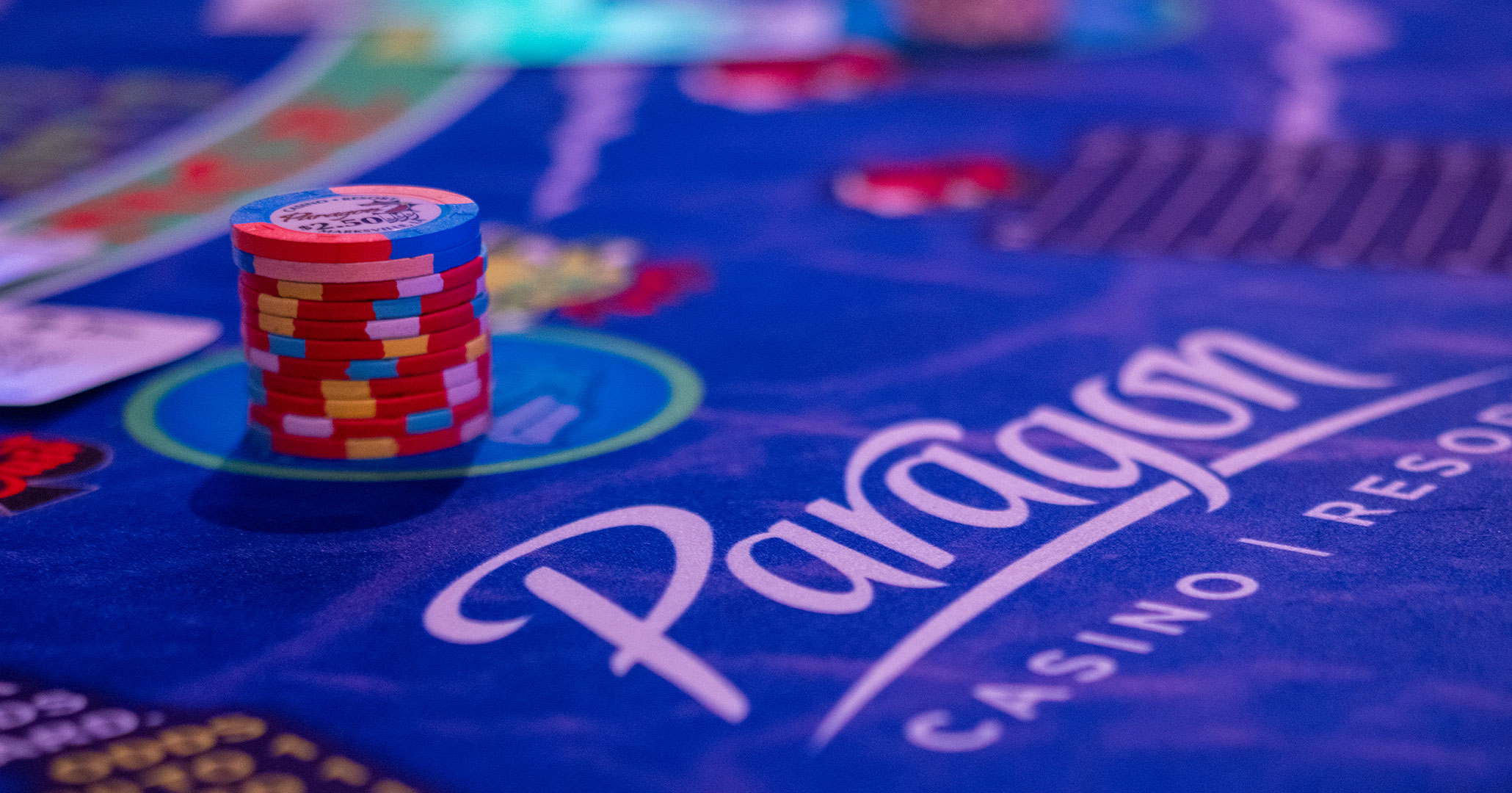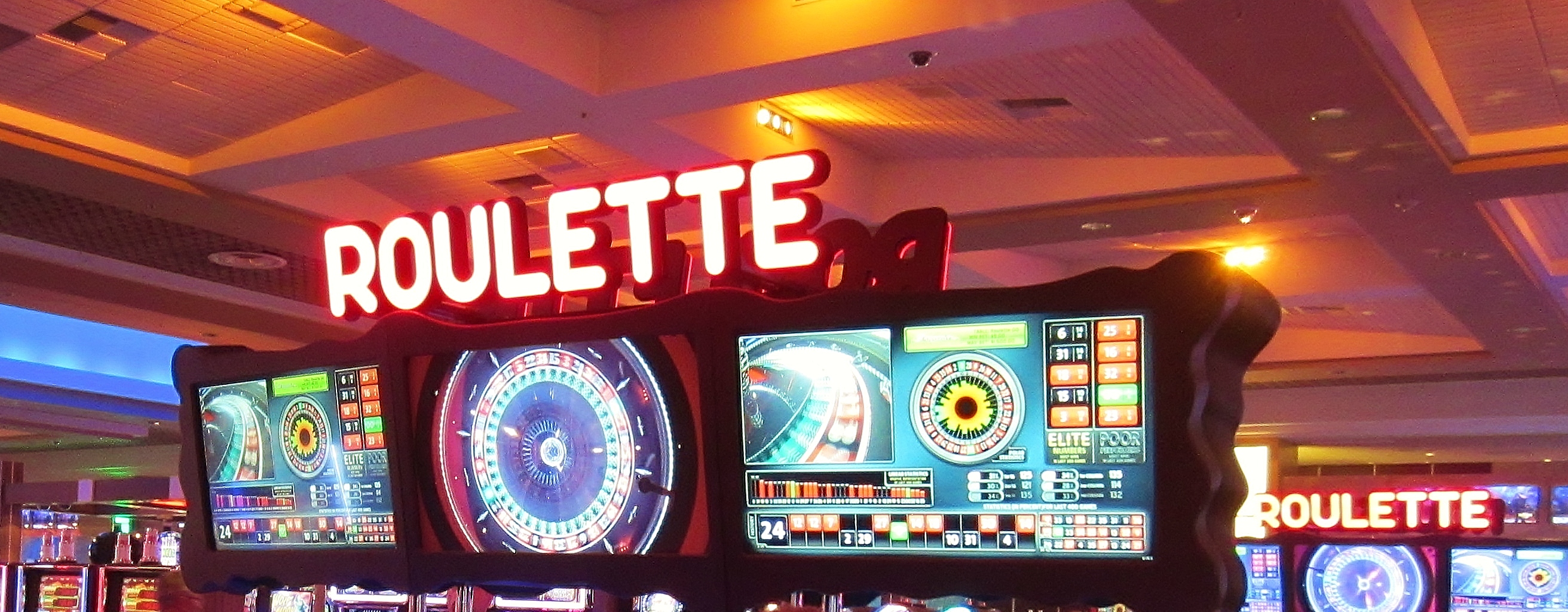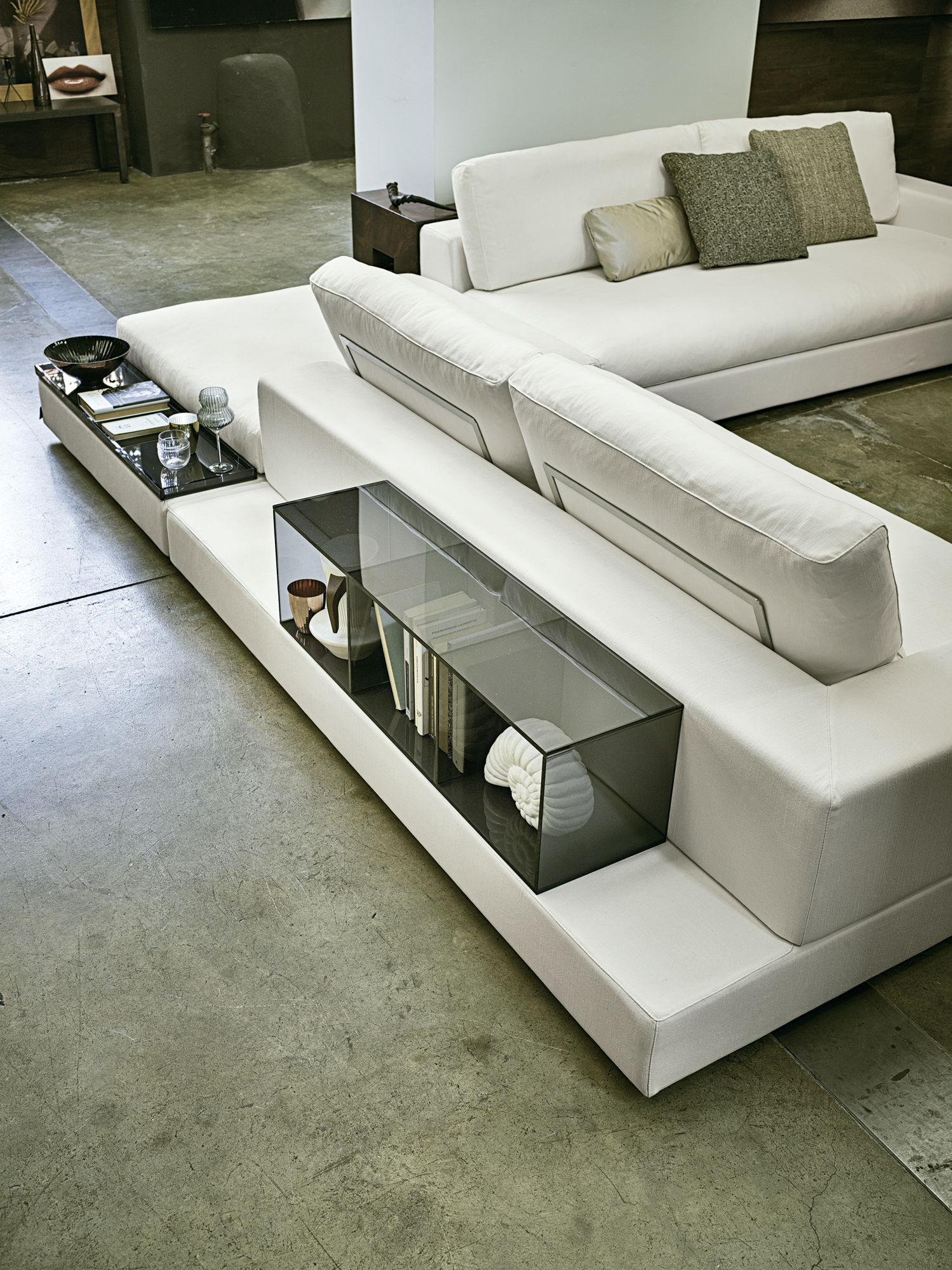Types Of Poker Tables
Over the years BBO Poker Tables has been privileged to be a part of some very cool publicity and TV shows, as well as providing premium poker and game tables to some very awesome customers. We also support the following poker. Oval Poker Tables. Oval poker tables are the most common design and home models usually fold up for storage. Sizes Permanent home versions are often 92x44x30 (234x112x76). Foldable models are. 10-Player Blue Poker Table Get ready for your favorite poker or blackjack Get ready for your favorite poker or blackjack night with this beautiful Barrington 10-player Poker table. The table top is made of. Alphabetical List of Home Poker Games! Discover another side of poker. A unique website that offers step-by step instructions for a variety of poker games. An extensive list of home poker games awaits.
A typical casino poker table has a length of between 92 and 104 inches (234 and 264 cm), a width of 44 inches (112 cm), and a height of 30 inches (76 cm). You can expect to also add 4 inches (10 cm) to the length and width for the outer “racetrack” railing. The weight commonly ranges from 170 to 200 pounds (77 to 91 kilos ) but can go up to as high as 350 pounds (159 kilos).
Outside of casino models, there is no official or standard sizing for poker tables as it all depends on who is making it and the shape of the table. In fact, there is pretty much a table out there to fit any space. From roll-up poker mats to octagon, round, and oval folding poker tables, with and without legs. And, of course, you have the high-end professional versions that are meant to simulate casino quality tables. Let’s take a look at the various types and shapes found in home poker tables, what they are made of, and how many people they typically seat.
Please note, dimensions will be listed in the following format in inches: Length x Width x Height (cm conversion)

Oval Poker Tables
Oval poker tables are the most common design and home models usually fold up for storage.
- Sizes
Permanent home versions are often 92x44x30 (234x112x76). Foldable models are usually about 84x42x30 (213x107x76) but can be as small as around 73 inches long and 32 inches wide. - Weight
54 to 85 pounds. - Materials
Tops are usually felt-covered wood, the railing vinyl, and the legs steel. Materials can vary based on the quality and price point. - Number Of Players
Most oval tables are designed to hold 9 or 10 players, however, some of the smaller models typically only hold 6 or 7 comfortably. To truly hold 9 or 10 players, 84-inch width and up is recommended.
Octagon Poker Tables
Octagonal tables have grown in popularity since most home poker games consist of 4-6 people. These tables are nice and compact and handle that number of people easily.
- Sizes
48x48x30 (122x122x76) for foldable models. Tabletop versions are usually the same size but occasionally are found a bit bigger, around 50 inches wide. - Weight
45 to 60 pounds with legs, 20-40 pounds for tabletop versions. - Materials
Folding octagonal tables are usually felt-covered wood, the railing plastic and occasionally vinyl, with the steel legs. Tabletop versions are often felt-covered plastic, with a plastic border or “railing”. Again, materials can vary based on the quality and price point. - Number Of Players
Most octagon-shaped table, like this one found on Amazon , are designed to hold up to 8 players. However, most versions will comfortably hold 5 or 6.
Round Poker Tables
Round poker tables are actually the least common design you will see and are typically only available in permanent options.
- Sizes
48 to 60 inches wide. Tabletop versions are hard to find but are about 48 inches wide. - Weight
Too rare to put a common weight. - Materials
Varies. - Number Of Players
There’s a reason round tables are out of vogue; they just don’t hold as many people as oval or octagonal models do. Most round poker tables hold 4 people, 5 if you squeeze in.
Home Poker Tables
Square Poker Tables
Square tables are also rare and about 34 inches across. Since they only hold 4 people, most people opt for a different shape, or just use a square table from Walmart. Even so, if you only hold small games, they can be a decent option.. if you can find one. Tabletop versions that can be set on an existing dining room table do exist, however, my advice is to instead get a rectangular mat… covered in the next section.
What About Poker Mats?
Poker mats are an excellent option for the occasional impromptu card game. They are light and portable as is humanly possible, since they are made of either cloth or rubber, and typically come in a rectangular or oval shape. Poker mats, like this one found on Amazon, are usually about 72×36 (183×91).
Space Needed For A Poker Table
Ideally, you want at least 3 feet (1 meter) of clearance around a poker table to allow for adequate seating and movement around the room. If you have a small square poker room, I would suggest an octagon-shaped table, as these seem to fit best in small spaces while allowing for a maximum number of people to be seated. If your room is rectangular, any oval table like this nice Amazon model, that fits within the parameters of the space will do fine.
Important Tip: When choosing a poker table make sure that you look at the actual total dimensions of the table including any railings. Often, the sale listing of a poker table will only include the dimensions of the actual playing area of the table
What About Chairs?

Remember to always leave ample space and elbow room around your poker table for people to be able to get in and out of their chairs and maneuver their poker chips. I would recommend just getting folding chairs for your poker buddies unless you are playing at a dining room table that already has nice sturdy chairs. On that front, I suggest that you invest in some heavy-duty chairs that will hold players who might be on the heavy side. Here are some that should do the job nicely. They have a really high weight capacity.
Do Covering Types Affect Table Size?
Home Poker Tables For Sale
All types of table coverings can be affixed to any table dimension. Even so, while covering types do not directly affect the space that a table will fit, you may want to consider using a faster cloth in more enclosed spaces. With standard cloth, the cards will not move across the surface and someone dealing at the end of the table in a recreational game will have a hard time sliding the cards all the way to the other end on slower cloth. There are two common options for poker table coverings, or felt; standard felt or speed cloth.
- Standard Felt
This is the standard choice for the most poker tables, especially lower-priced versions. The surface has a roughness to it and often it is challenging to get the cards to slide all the way out to where you want them while dealing. However, this is the least expensive surface and is fine for most players. Even so, some people like to upgrade to a “professional” surface, called speed cloth. - Speed Cloth
A lot of poker enthusiasts and professional poker players prefer the surface they play on to be a bit faster than standard felt. Therefore, they often want to play with speed cloth. Made of a more slippery type of polyester, you will have no issues getting cards to slide from one end of the table to the other end while dealing. However, players not used to a faster surface may grumble that the cards are sliding too fast, and sometimes flying off the table. The vast majority of poker tables do not come standard with speed cloth, as it is usually an upgrade only if one is willing to pay for the option.

A Brief History of Poker Table Sizes
The earliest card tables show up in the 1700s in response to the growing popularity of card games around Europe. In fact, it was common for people to buy card tables as fine furniture for their home, prominently displayed. Many versions even had a folding top, which allowed them to function as another piece of furniture when not in use. The wealthier classes paid exorbitant amounts for higher-end tables. Most of the designs were semicircular or oval and typically 36 inches in diameter.
For more about finding the right poker table, I also wrote a comprehensive poker table guide to help you in your search. Thanks for stopping by!
The card game of poker has many variations, most of which were created in the United States in the mid-1900s. The standard order of play applies to most of these games, but to fully specify a poker game requires details about which hand values are used, the number of betting rounds, and exactly what cards are dealt and what other actions are taken between rounds.
Popular poker variants[edit]
The three most popular poker variants are spread in casinos and poker rooms worldwide and can be divided into the following groups:
- Draw poker: Games in which players are dealt a complete hand, hidden, and then improve it by replacing cards. The most common of these is five-card draw.
- Stud poker: Games in which each player receives a combination of face-up cards and face-down cards in multiple betting rounds. The most common of these are five-card stud and seven-card stud. These two variants are further played in other different formats.
- Community card poker: Games in which each player's incomplete hidden hand is combined with shared face-up cards. The most common of these are Texas hold 'em and Omaha hold 'em.
Here are more common rule variations:
- Lowball: The lowest hand wins the pot. There are different rules about whether or not aces count as low, and the effects of straights and flushes. The most common variants are Razz and 2-7 Triple Draw
- High-low split: the highest and lowest hands split the pot. Generally there is a qualifier for the low hand. For example, the low hand must have 5 cards with ranks of 8 or less. In most high-low games the usual rank of poker hands is observed, so that an unsuited broken straight (7-5-4-3-2) wins low (see Morehead, Official Rules of Card Games). In a variant, based on Lowball, where only the low hand wins, a straight or a flush does not matter for a low hand. So the best low hand is 5-4-3-2-A, suited or not.
- Players can pass cards to each other. An example of this would be Anaconda.
- Kill game: When a fixed limit game is played and a player wins two pots in a row, the stakes are doubled. In some split-pot games, a player winning both halves of the pot may also cause a kill. In some variants of Lowball, a player may choose to kill by placing a double bet after seeing his first two cards.
- Wild cards are added. This can range from simply making deuces wild to the 7-card stud variant named baseball.
- A twist round in which players can buy another card from the deck. If a player does not like the purchased card, the player can purchase another one by adding money to the pot. This is sometimes called a 'tittle.'
- A stripped deck may be used. Poker was first played with only 20 cards. In the spirit of poker history, players will sometimes only play with a stripped deck. A popular poker game in Spain is played with cards 8-A. It is played similar to hold'em, except that one card is dealt at a time and a player must use both hole cards.
- Roll your own is played in stud games, and allows the player to determine which of his or her cards are turned up and visible to the other players. In a game like Seven-card Stud, the 'roll' action only applies to the first 3 cards, all of which are dealt face down. Each player then determines which card to expose. Play then continues as with regular Seven-card Stud. But a game like Mexican stud applies the roll option throughout the game. Two cards are dealt face down, and the players roll one card up. The game continues just as in Five-card Stud, except the cards are dealt face down, and each player then decides which of the two down cards is exposed.[1]
Mixed poker games[edit]

Poker can be played in a mixed game format, for example one half-hour of Texas hold 'em followed by one half-hour of Seven-card stud. There are many types of mixed poker games. The most notable mixed poker variation is H.O.R.S.E. poker. H.O.R.S.E. is a mix of Texas hold 'em, Omaha high-low, Razz, Seven-card stud and Seven-card stud Eight-or-better. Each game will usually be played for a fixed number of hands or time and then the players will move on to the next game.
Other mixed games include:
- H.O.S.E. – same as H.O.R.S.E., except without Razz.
- H.O.E. – same as H.O.R.S.E, except no Razz or Seven-card stud.
- H.O. – Texas hold 'em and Omaha high-low
- O.E. – Omaha high-low and Seven-card Stud Eight or better.
- H.A. – Pot limit Texas hold 'em and pot limit Omaha.
- Omaha High-low Mixed – Fixed limit Omaha and pot limit Omaha high-low
- Holdem Mixed – Fixed limit and no limit Texas hold 'em.
- Eight Game Mix – Fixed limit 2-7 Triple Draw, fixed limit Texas hold 'em, fixed limit Omaha Hi-Low Eight or better, Razz, fixed limit Seven-card stud, fixed limit Seven-card stud Hi-Low eight or better, no limit Texas hold 'em and pot limit Omaha.
- Ten Game Mix (introduced at 2011 World Series of Poker) – No limit Hold'em, fixed limit Seven-card Razz, fixed limit Hold'em, fixed limit Badugi, fixed limit Seven-card Stud, no limit 2-7 Single Draw, fixed limit Omaha Hi-Low eight or better, pot limit Omaha, fixed limit 2-7 Triple Draw and fixed limit Seven-card stud Hi-Low eight or better (played with 6 players on a table).
Specific poker variant games[edit]
Some poker games don't fit neatly into the above categories, and some have features of more than one of these categories. These variants are most often played in home games, usually as part of a dealer's choice format.
High Chicago or Low Chicago[edit]
Either of these two versions can be played in any stud high game. In High Chicago, or sometimes simply called Chicago, the player with the highest spade face down (referred to as in the hole) receives half the pot. In Low Chicago, the player with the lowest spade in the hole receives half of the pot, with the A♠ being the lowest. If the player with the highest hand also has the highest/lowest spade in the hole, then that player receives the entire pot - having won both sides of the bet.
Follow the Queen[edit]
This 7-card stud game uses a wild-card designated as whichever card is immediately dealt (exposed, or face-up) after any queen previously dealt (exposed). In the event that the final card dealt (exposed) is itself a queen, then all queens are wild. If no queens are dealt (exposed), then there are no wilds for that hand. Betting is the same as in normal 7-card stud games. Follow the Queen is a typical game variant in Dealer's Choice poker games.[2][3]
Countdown[edit]
In this 5-card game, the dealer gives each player 5 cards face down. After the first round of betting, each player may choose to replace zero to three cards. A second round of betting follows and then players may opt to replace zero to two cards. Upon completing another round of betting, each player may replace one card of the cards in their hand. After a final round of betting, any remaining players show their hands, and the highest 5 card hand wins. The cost of cards doubles each round. For example, if the dealer says each replacement card costs $10 in the first round, then each card costs $20 in the second round, and $40 in the final round. When players purchase cards to replace ones in their hand, they put the cost of the cards in the pot.[4]
This game will only work with 4 players (or fewer) otherwise you will run out of cards.
Billabong and Shanghai[edit]
Just as Oxford stud is a mixed stud/community card version of Texas hold 'em, Billabong is a mixed version of Manila. Each player is dealt two down-cards and one up-card. Low up-card starts the betting with a Bring-in if you are playing with one, otherwise high card starts the betting. Next, two community cards are dealt, followed by a second betting round, beginning with the player with the best exposed partial poker hand (counting the community cards, as in Oxford stud). Then a third community card is dealt, followed by a third betting round. Finally a fourth community card is dealt, followed by a fourth betting round and showdown. Each player plays the best five-card hand he can make from the three in his hand plus the four on the board in any combination.
Shanghai is the same game with an extra hole card, but no more than two hole cards play. That is, the game begins with each player being dealt three down-cards and one up-card; each player must discard one of his hole cards at some point during the game as determined ahead of time. The most common variation is to discard immediately as in Pineapple; the second most common is to discard just before showdown as in Tahoe.
Guts[edit]
Guts is a family of games that are cousins of poker rather than poker variants. They usually involve hands of 3 or fewer cards, ranked similarly to hands in poker, and multiple successive rounds of betting each of which consist of the decision to be 'in' or 'out', and each with its own showdown. The losers of rounds of guts generally match or double the pot, which grows rapidly.
Five-O poker[edit]
Five-O Poker is a heads-up poker variant in which both players must play five hands of five cards simultaneously. Four of the five cards in each hand are face-up. Once all five hands are down, there is a single round of betting. The winner is determined by matching each hand to the corresponding hand of the opponent. The player with the stronger poker hand in three (or more) out of the five columns, wins, unless a player folds on a bet that was made. If a player beats their opponent with all five hands, this is called a “Five-O” win.
Chinese poker[edit]
Chinese poker is a 2-4 player poker game with thirteen cards. The idea is to make three poker hands with increasing rank : two with five cards and one with three cards. If one of the hands does not adhere to increasing rank (i.e. is mis-set), the hand is declared dead and results in some sort of penalty.
Kuhn poker[edit]
Kuhn poker, using a three card deck, is more of game theory problem than an actual game people play, but it can be played by two players.[5]

See also[edit]
References[edit]
- ^Pagat.com: Roll Your Own
- ^Pokernews.com: Fun Home Poker Game Rules - Follow the Queen
- ^Pokerrules.net: How to Play Follow the Queen
- ^Pokerrules.net: How to Play Countdown Poker
- ^'A Parameterized Family of Equilibrium Profiles for Three-Player Kuhn Poker'(PDF).